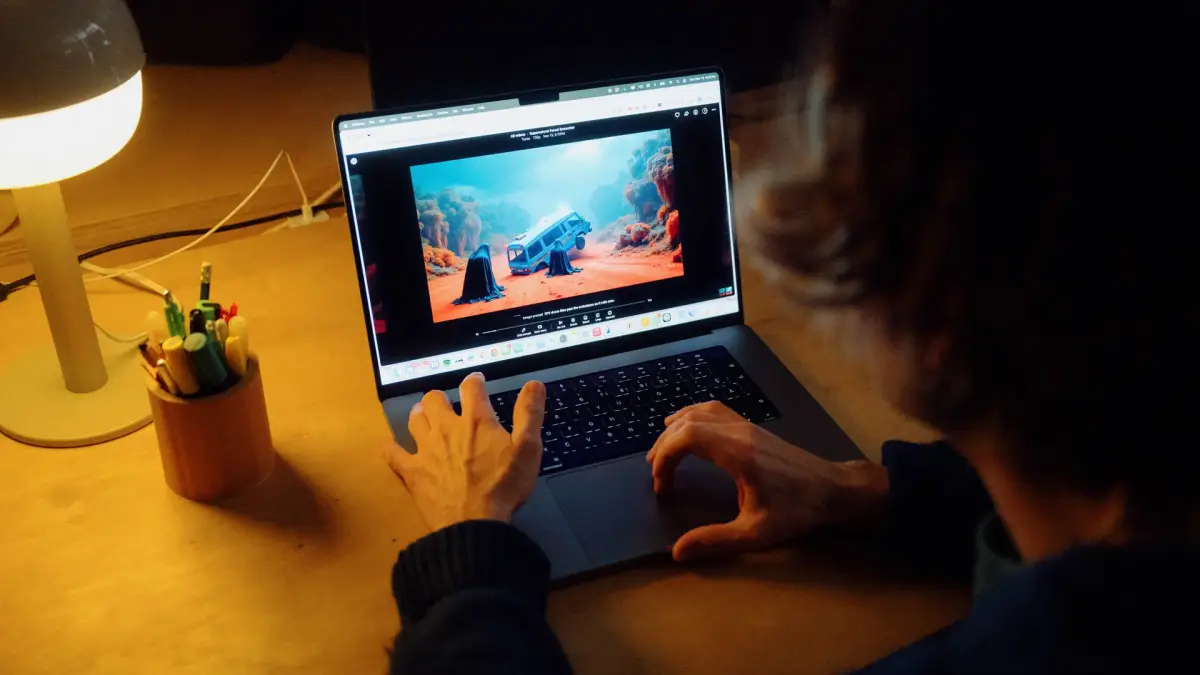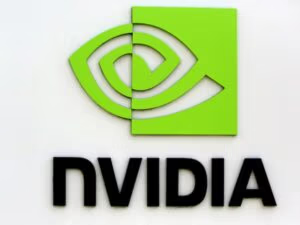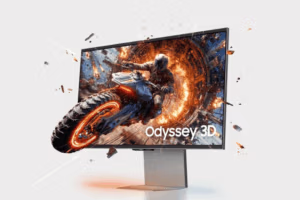OpenAI announced the release of its much-anticipated AI video-generation tool, Sora, on Monday. Similar to its DALL-E image-generation model, Sora enables users to create high-definition video clips by simply typing a description of a desired scene. The tool can also extend existing videos, fill in missing frames, and generate videos based on still images.
Sora, introduced in February, will be available later today to users in the U.S. and most international markets, though its release in Europe and the U.K. remains uncertain due to unresolved regulatory challenges.
Seamless Integration and Cutting-Edge Features
Sora will be included in existing ChatGPT Plus and Pro accounts at no additional cost. OpenAI demonstrated key features during a live YouTube event, including:
- Blend Mode: Seamlessly merge two scenes based on user input.
- Infinite Looping: Create endlessly repeating AI-generated video clips.
Until now, Sora was accessible only to a limited group of “red-teamers” who tested the model for vulnerabilities, including bias and misinformation risks.
Addressing Safety and Ethical Concerns
OpenAI emphasized its commitment to balancing creative freedom with safety measures. Speaking during the event, Rohan Sahai, Sora’s product lead, acknowledged potential misuse of the tool, saying, “We obviously have a big target on our back as OpenAI, but we also want to balance that with creative expression.”
OpenAI has faced scrutiny over how it manages safety risks with AI models, particularly in the context of the growing prevalence of AI-generated misinformation and deepfakes, which have surged by 900% year-over-year, according to machine learning firm Clarity.
Artist Backlash and Program Criticism
Sora’s release has also been met with criticism from some artists who participated in the early access program. In late November, about 300 artists published an open letter accusing OpenAI of exploiting their unpaid labor to improve the tool while offering minimal compensation.
The letter criticized OpenAI for using artists’ work as a “PR stunt” and called for the company to become “more open and artist-friendly.”
In response, an OpenAI spokesperson defended the program, stating:
“Hundreds of artists in our alpha have shaped Sora’s development, helping prioritize new features and safeguards. Participation is voluntary, with no obligation to provide feedback or use the tool. We’ve been excited to offer these artists free access and will continue supporting them through grants, events, and other programs.”
Generative AI’s Competitive Landscape
With Sora’s release, OpenAI aims to secure its position in the rapidly growing generative AI market, projected to surpass $1 trillion in revenue within the next decade. The company faces stiff competition from Meta’s Lumiere, Google, Amazon, and startups like Stability AI’s Stable Video Diffusion.
OpenAI, backed by Microsoft, recently closed a funding round at a valuation of $157 billion, raising $6.6 billion and securing a $4 billion credit line. The company also plans to expand its user base through new marketing initiatives, hiring its first chief marketing officer earlier this month.
Video: The Next Frontier in AI
As generative AI evolves, video represents a significant leap forward, following the widespread adoption of text and image-generation tools. While Sora offers immense creative potential, it also raises questions about ethics, misinformation, and the future of digital artistry.





